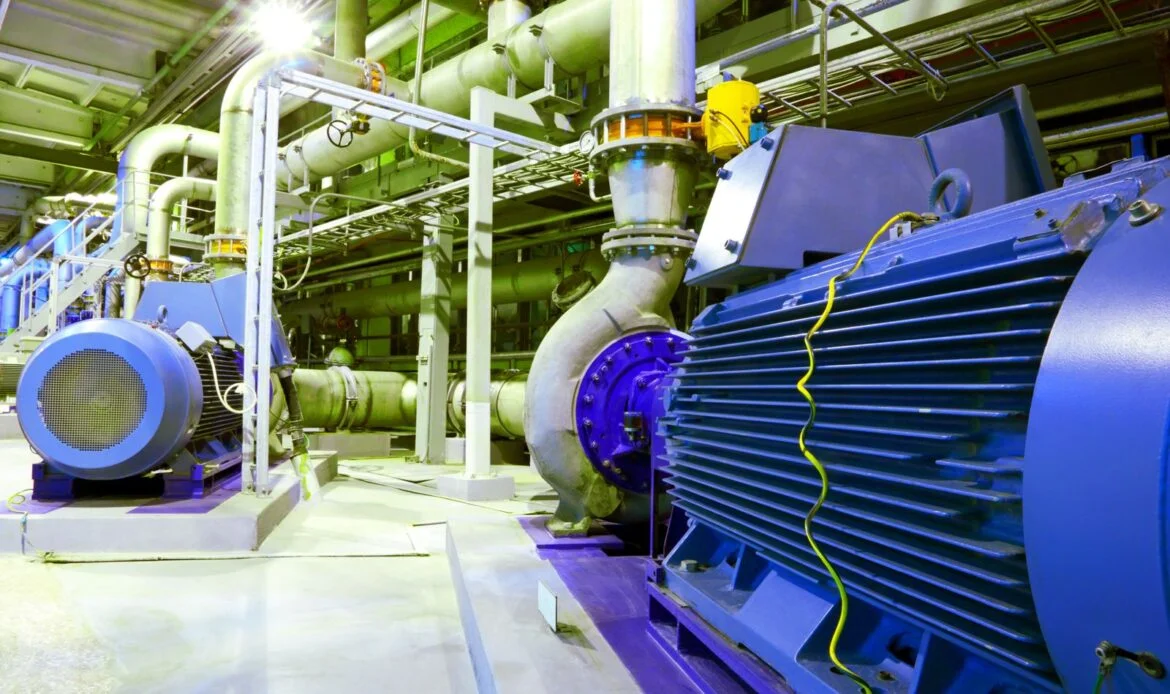From Downtime to Uptime: The Untold Power of Vibration Monitoring

In today’s fast-paced industrial landscape, downtime can cost companies thousands—or even millions—of dollars. Unexpected breakdowns not only disrupt production schedules but also impact overall efficiency and profitability. This is where vibration monitoring steps in as a game-changer. By detecting subtle changes in machinery behavior, vibration monitoring empowers businesses to move from reactive maintenance to predictive strategies, ensuring maximum uptime and operational excellence.
The Importance of Vibration Monitoring in Modern Industry
What is Vibration Monitoring?
Vibration monitoring is the process of measuring and analyzing the vibrations produced by machinery. Every piece of equipment generates unique vibration patterns. When these patterns change, it often indicates underlying issues such as imbalance, misalignment, wear, or bearing failures.
By continuously monitoring these vibrations, maintenance teams can identify potential problems before they escalate into costly breakdowns.
Benefits of Implementing Vibration Monitoring
Reducing Unexpected Downtime
Downtime is one of the biggest challenges in any industrial setting. With vibration monitoring, companies can detect early warning signs and fix issues before they lead to sudden machine failures. This proactive approach not only keeps production lines running smoothly but also avoids last-minute emergencies.
Real-World Impact on Productivity
Imagine a factory line that stops for just one hour due to machine failure. That single hour can cost thousands of dollars in lost productivity. With vibration monitoring, these losses are minimized, allowing businesses to run with fewer interruptions.
Extending Equipment Lifespan
When machines are left unchecked, small issues can lead to significant wear and tear over time. Vibration monitoring helps address minor problems early, reducing unnecessary stress on machinery and extending its overall lifespan.
Cost Savings in Maintenance
Instead of replacing entire systems, businesses can focus on repairing small components, significantly lowering long-term maintenance expenses.
Enhancing Safety and Reliability
Faulty machinery can lead to accidents, unsafe working conditions, and production hazards. By ensuring that equipment runs optimally, vibration monitoring safeguards not just machinery but also workers’ well-being.
Building Trust Through Consistency
When machines operate smoothly and reliably, businesses can consistently meet customer demands and build stronger trust in their brand.
Conclusion
Vibration monitoring is no longer a luxury—it’s a necessity for businesses aiming to optimize uptime, reduce costs, and maintain a competitive edge. By shifting from reactive fixes to proactive maintenance strategies, industries can unlock the true potential of their operations.





